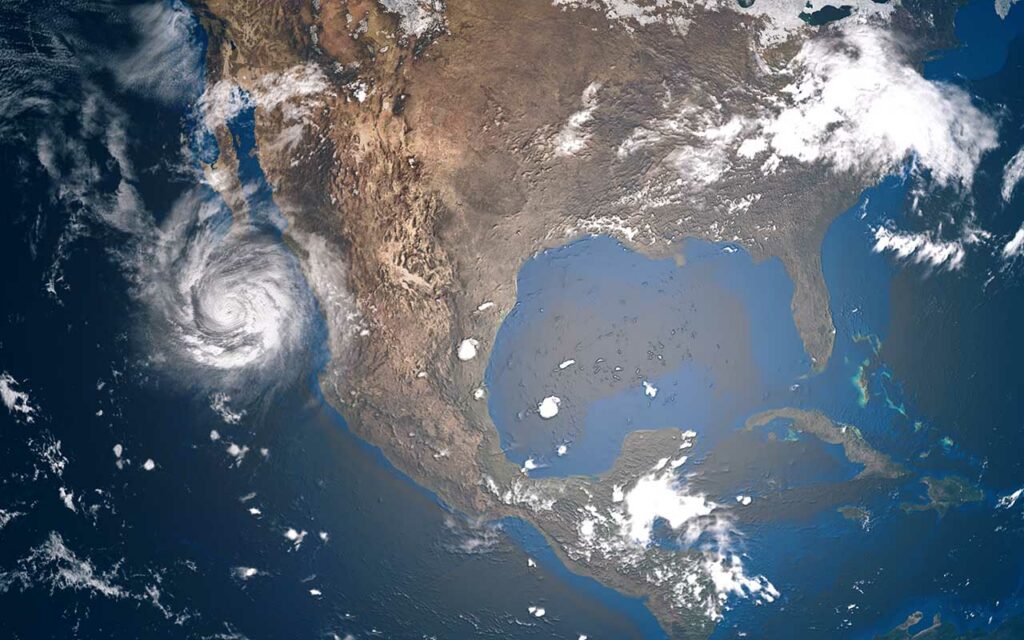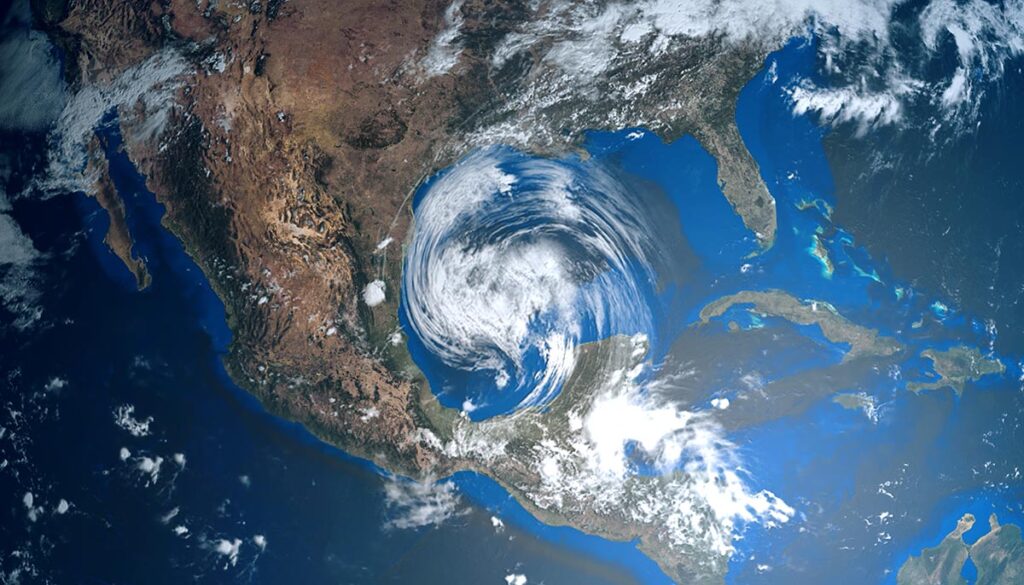People who grew up in the Northern Hemisphere celebrate Christmas by bundling up inside and drinking warm drinks. Making snowmen and throwing snowballs are classic Christmas activities since the holiday falls in the middle of winter.
On the other side of the planet, people who grew up in Australia celebrate Christmas by hitting the beach. After all, December 25 is the middle of summer in the Southern Hemisphere! This reversal of the seasons is one of the most noticeable meteorological effects of the Earth’s crooked axis. If you’ve ever wondered why the seasons are different in each hemisphere, the answer is that simple: the Earth is orbiting the sun at an angle.
Obliquity of the Ecliptic
This axial tilt has a fun name in astronomy: it’s the obliquity of the ecliptic. In simple terms, the Earth orbits the sun on a predictable plane, but its axis is not perfectly perpendicular to this orbit. Picture the axis as the imaginary line that runs from the North Pole to the South Pole. Now, picture the Earth’s orbit as an imaginary oval that circles the sun.
The obliquity of the ecliptic is the angle between the axis and the orbital plane. This tilt is currently around 23.4 degrees, but it changes slightly over thousands of years. This minute shift in the planet’s angle of orbit causes the Earth to be heated unevenly, resulting in the seasons as we know them.
Seasons Change as the Planet Orbits
The Earth’s orbit takes it around the sun once every 365 days, but the angle of the poles doesn’t change during this journey. This angle means that the planet spends half the year with the North Pole pointed at the sun and half the year with the South Pole pointed at the sun.
As a result, December in New York feels very different than December in Melbourne. This uneven heating doesn’t just lead to seasons, either. Most of the planet’s weather patterns are a direct result of shifting fronts of air pressure. The sun causes these fronts by heating some areas more than others. Nowhere is this more apparent than in tropical storms.
Tropical Storm Formation
Tropical storms can form in both the Northern and Southern Hemispheres. These powerful storms must have warm ocean water and the planet’s natural Coriolis force to take shape. Without the planet’s axial tilt, it’s unlikely that warm ocean waters would meet the cool weather fronts required to create tropical depressions and storms.
Similarly, tropical storms spin in different directions depending on where they form. The reason for this is simple: the planet exerts strong forces on everything within its atmosphere. This force makes tropical storms north of the equator spin counter-clockwise, while those that form south of that line spin clockwise.
Interestingly enough, this also means that tropical storms are likely incapable of crossing the equator. The Coriolis force is practically nonexistent between the latitudes of 5 degrees north and 5 degrees south, creating a natural barrier across which storms would lose their rotational energy and dissipate.









